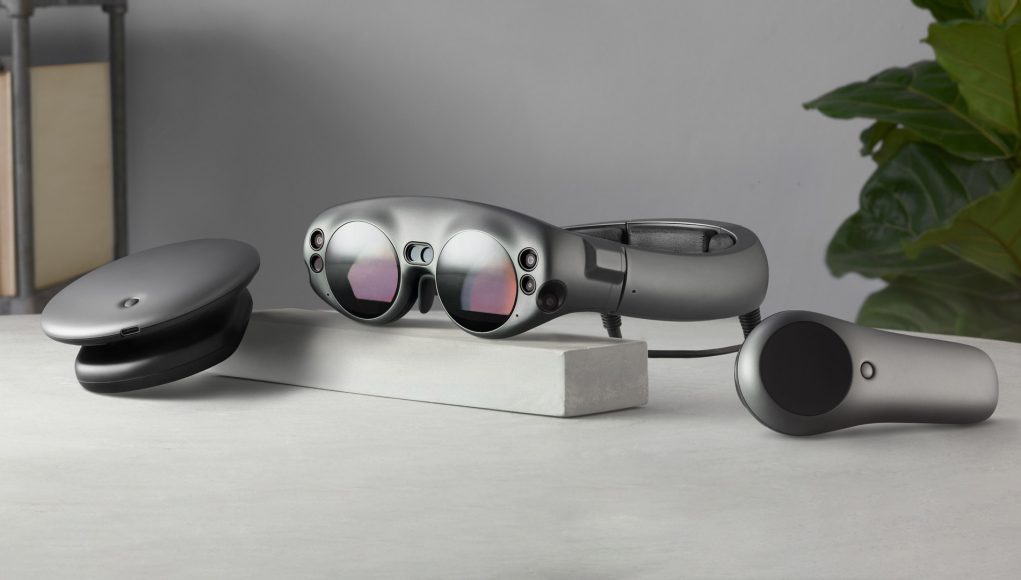Today Magic Leap has launched the Lumin SDK, the toolkit which allows developers to build AR experiences for Lumin OS, the operating system that powers the Magic Leap One headset.
Announced with support for both Unity and Unreal, the Lumin SDK exposes the capabilities of the Magic Leap One headset to developers who can use it to begin building augmented reality experiences for the platform. Magic Leap hasn’t begun selling its first headset, which is due out later this year, so you might be wondering what developers can actually do with the SDK at this stage—fortunately there’s a built in ‘Device Simulator’ which lets developers test their apps with emulated hardware.
The release of the Lumin SDK confirms that the Magic Leap One will include eye-tracking, as Unreal points out among the various headset capabilities supported by the engine:
- Head tracking
- Eye tracking
- Gesture and hand tracking
- Room scanning and meshing
- Spatialized audio
- Microphone input
- 6DOF hand controller (Totem) tracking
- Vulkan and OpenGL support
- Use of Unreal Engine 4’s desktop and mobile forward rendering paths
“Magic Leap has truly created something magical in this combination of hardware breakthroughs and software innovations, which represents a giant leap towards the coming spatial computing revolution,” says Epic Games Founder and CEO Tim Sweeney.
Interested developers can sign up at Magic Leaps ‘Creator Portal‘ to download various flavors of the SDK, and find documentation, tutorials, and more.
Magic Leap hasn’t revealed the price or exact launch date of its secretive AR headset just yet—and we still don’t know several key specs like resolution and field of view—but the company recently said the headset would be priced “like a premium computer” and promised to share more details this Spring. At GDC this week, a sponsored session will see the company offering a “deep dive” on developing for the headset, just in time for the launch of the SDK.







